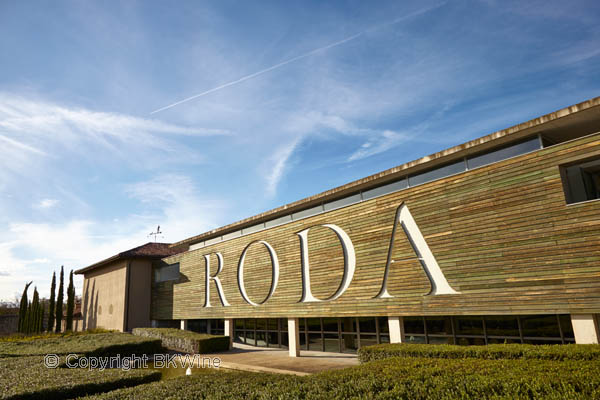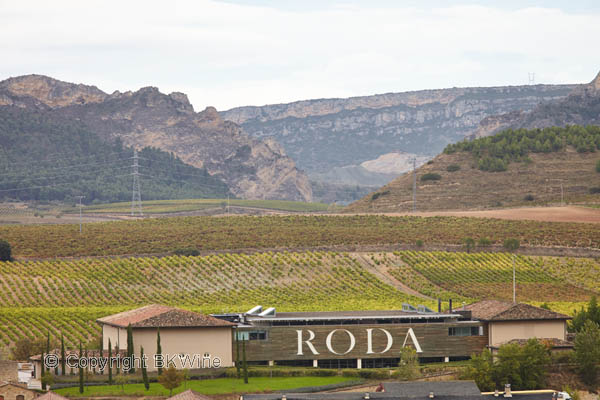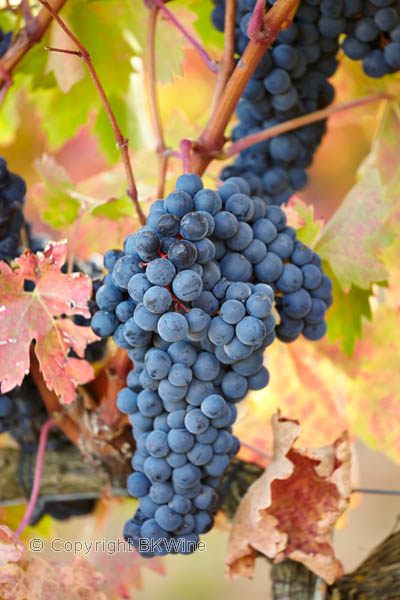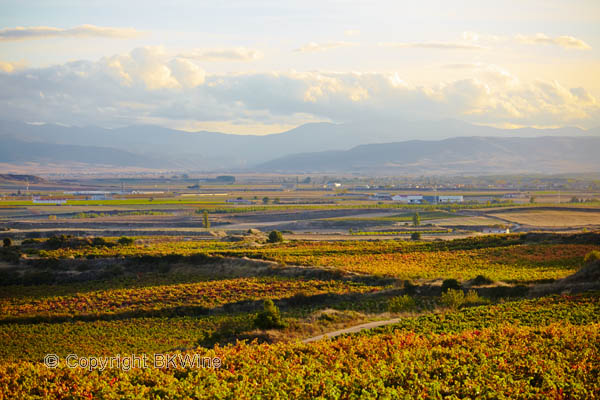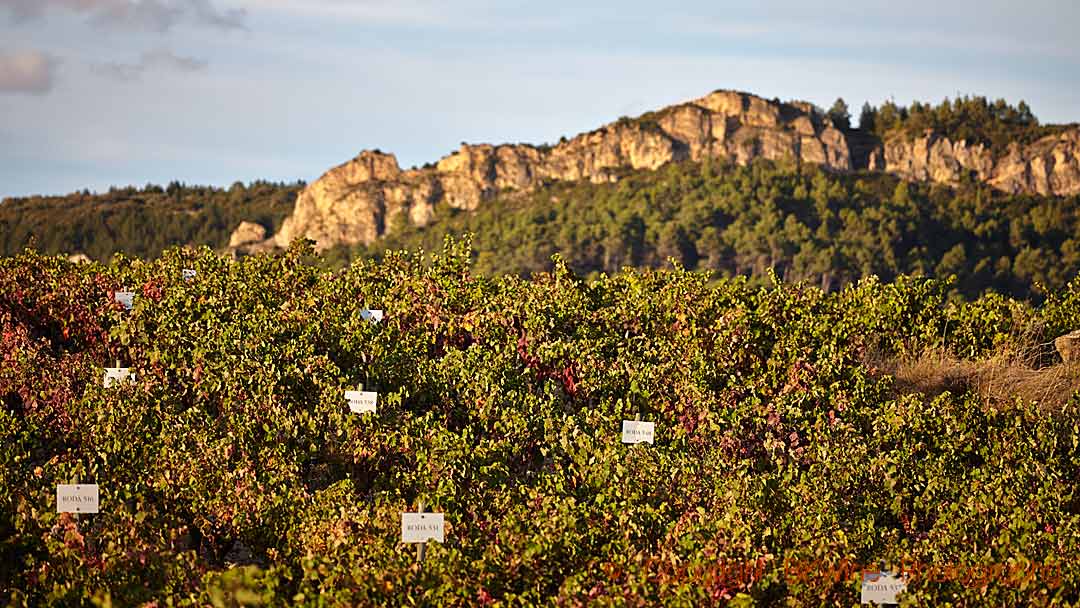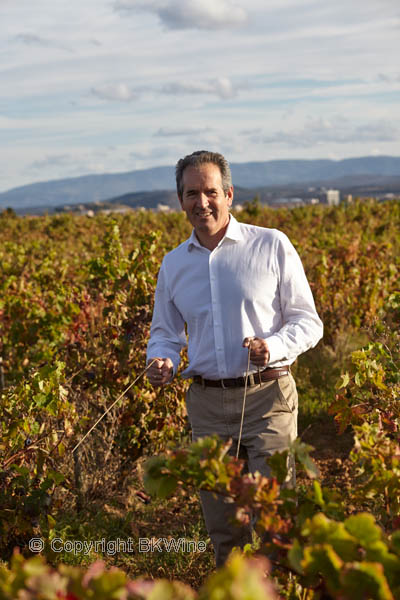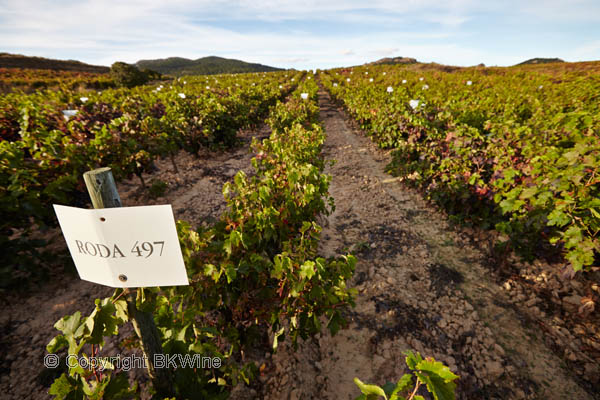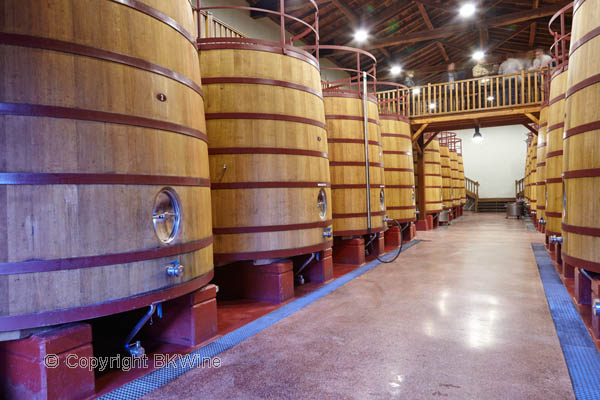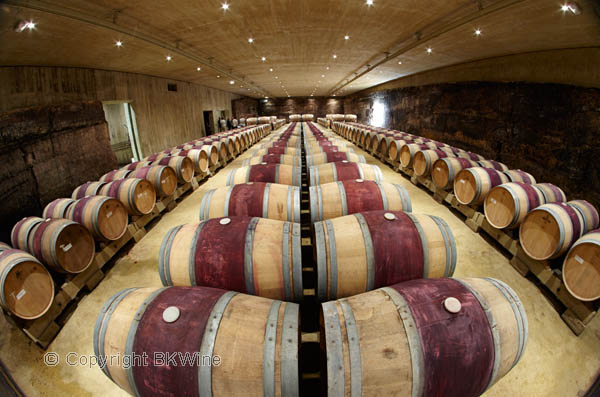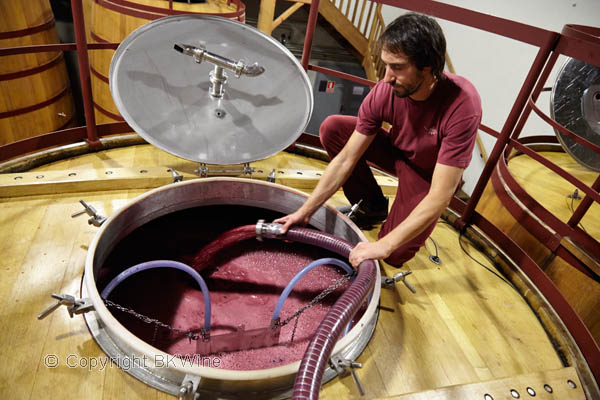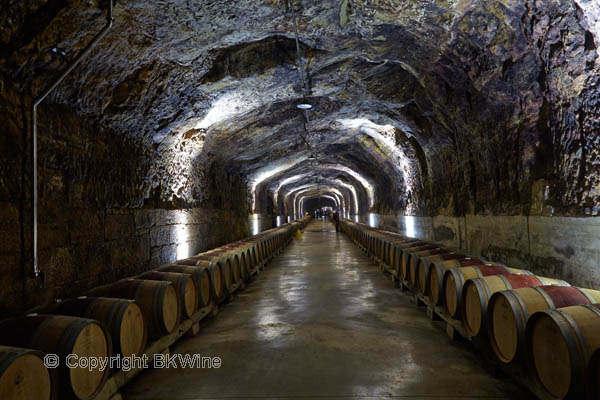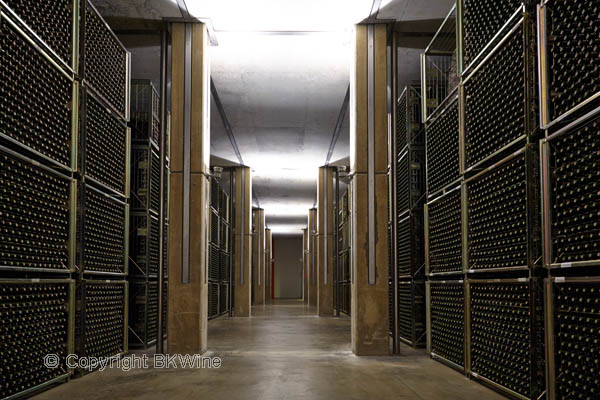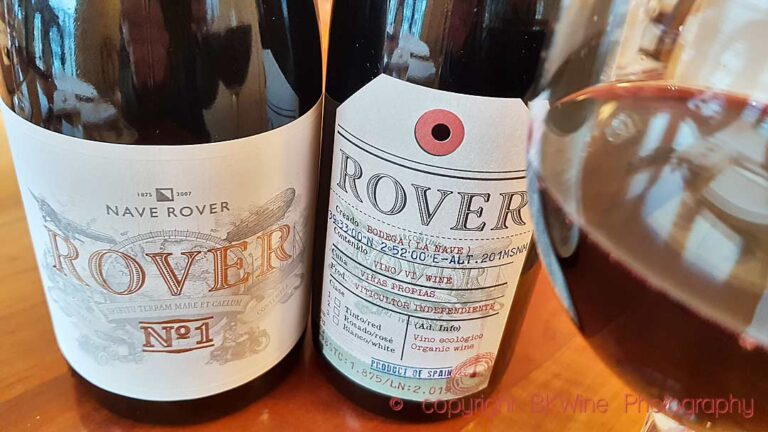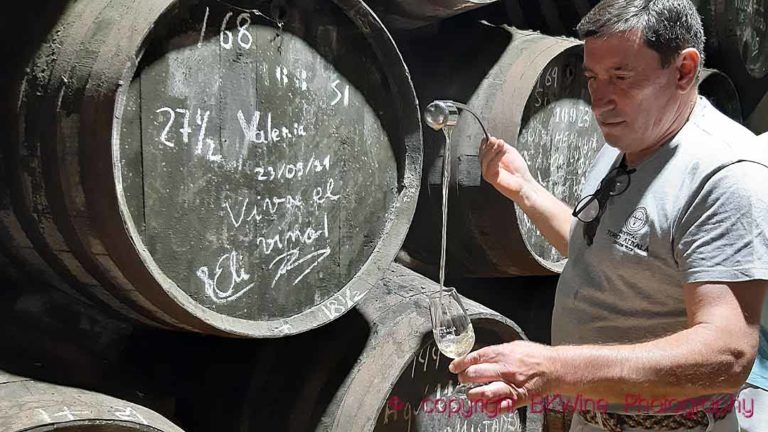Rioja is, perhaps with some competition, by far the quietest area of the blogosphere. Virtually nothing is written about Rioja, and not so much about Spanish wine, for that matter either. For a long time Rioja was the most un-trendy wine that you could drink. The wines were considered laden down with stock conservative traditions and were made based on consumer preferences which had long since become extinct. Above all, the wines were considered over-oaked. The wines spent significantly longer in barrel than other wines and this showed in both taste and aroma. A little odd it may seem, not least because of Rioja had a huge boom in the 90s when many wine lovers loved the dill-reminiscent wines. (ed.: dill is a common spice in Sweden that is curiously often used to describe traditional Rioja)
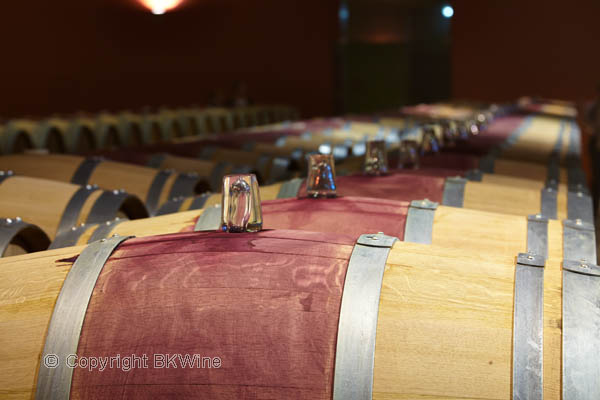
But now the trend is in the opposite direction! More winemakers in Rioja are choosing to reduce the barrel ageing to the benefit of the fruit. There is a strong trend in Rioja to let the fruit come forward and be the dominant feature of the wine. This is a development that most wine lovers today seem to welcome, which has also seeped through to the trend watchers: it has almost become hip to drink Spanish wine again!
A producer who has been at the forefront of this trend with more fruit driven wines is Bodegas Roda, with winemaker and winery director Agustín Santolaya. The business was started as late as 1987, from the start with the aim to make world class wines.
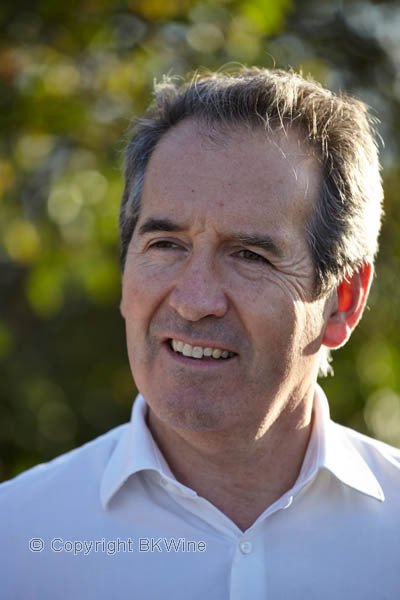
Agustín Santolaya was recently in Stockholm to present five of his wines. BKWine met him for a chat and to taste the wines: 2011 Sela, 2008 Roda Reserva, 2011 Corimbo 2009 Corimbo In 2007 Roda I and the prestige wine 2010 Cirsion.
The climate in Rioja, it being located in the north of Spain, is affected by the two seas, the Atlantic and the Mediterranean, says Agustín Santolaya. It has the effect that it is milder in Rioja, compared to the Ribera del Duero, further inland. Ribera del Duero, at just over 800 meters, is much hotter and harder. For example, it can be 30 degrees C both day and night. The soils of Rioja are complex and multifaceted. The soil in the Ribera del Duero is mostly sand and gravel. 10 metres into the ground there is clay. The wines from Ribera del Duero are often harder and tougher They have a very different tannin structure than the wines of Rioja.
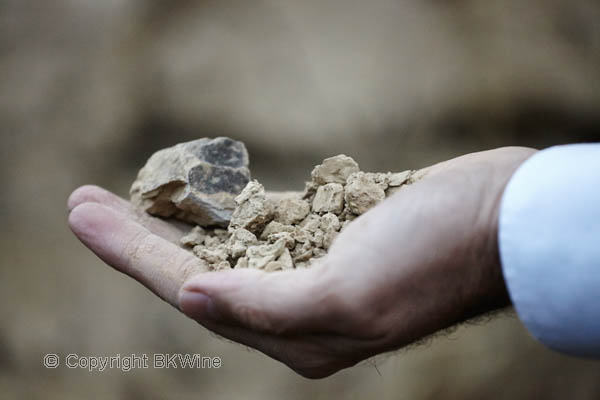
But back to Rioja and to Roda.
Five winemakers, 17 vineyards at Roda. All wine is fermented in wooden vats and kept for some time in the barrel; no wine passes steel tanks. Purpose-built water tubes for temperature control in the floor assures that the wines do not have to wait until spring to undergo malolactic fermentation. To understand better their wines Bodegas Roda invests seven percent of the profits in research each year on for example the tannin structure.
Enough of this, let’s try the wines.
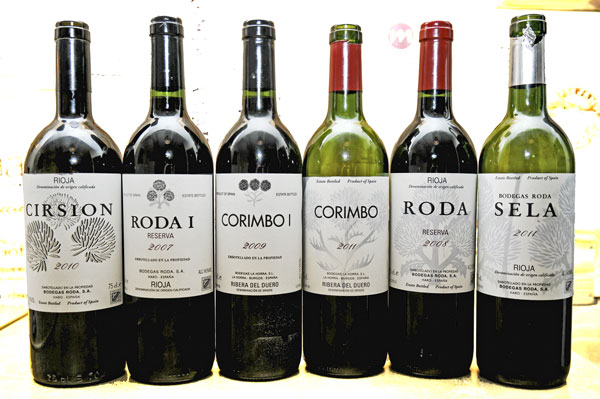
First up is the 2011 Sela (~22 euro, price indications are based on retail prices in Sweden), which is a balanced wine with spicy touches. A round wine, delicious.
Then we have 2008 Roda Reserva (~27 euro) with much more punch in the fruit. More spiciness, red fruits on the nose. Interesting notes of fruit soda-pop too, makes it all the more exotic…
Then we move to the Ribera del Duero wines. 2011 Corimbo (~28 euro) is really nice. More pronounced tannin structure than in the first two Rioja wines, but quite approachable.
Two years earlier and one notch up in quality, 2009 Corimbo I (~50 euro), is seriously good! More of everything, and a clearer spiciness.
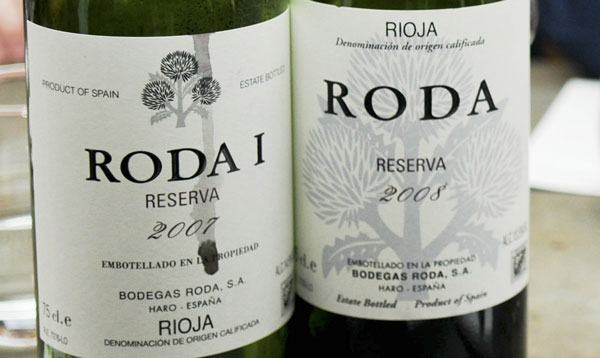
We go back to Rioja and get the 2007 Roda I Reserva (~50m euro). Here there is more dark fruit that dominates, and this is actually the way it should be. Agustín Santolaya explains that the real difference between Roda and Roda I is that Roda tends more towards red fruit while Roda I tends more towards dark fruit. Remember that Bodegas Roda has 17 vineyards and that everything ends up in the barrel. Those barrels that have a clear red-fruit character goes into the Roda and those with clear dark-fruit character becomes Roda I. That is the only difference! So as we consumers also remember this the bottles are colour coded: Roda, red fruit, red capsule. Roda I, dark fruit, black capsule. Convenient, is it not?
Finally we get into prestigious wine Cirsion 2010 Rioja (~175 euro). Cirsion has been made since 1995. When conducting an experiment the winemakers noticed that some vines gave a different fruit. The grapes from these vines were vinified separately and became the top wine Cirsion. Also seriously good! Intense flavour and bouquet, packed with rich, ripe fruit. A top-notch wine!
The tasting and dinner was organized by Bodegas Roda’s Swedish importer, Prime Wine Group.
Ulf Bengtsson writes about wine under the pseudonym Red Scream on his blog Red Scream and Riesling, on wine, food, photography and other things that are important in life. Like detective novels, taking long walks in Stockholm and the occasional burst of exercise. He is also on Facebook.
[box style=”rounded” border=”full”]Rioja is certainly a wine region to keep an eye (and mouth) open for. That was obvious on our wine tour to Rioja this autumn. If you want to discover the wines, the gastronomy and the beautiful vineyard landscape, then come on a wine tour to Rioja with BKWine.
Travel to the world’s wine district with the experts on wine and the specialist in wine travel.
Unique wine tours that gives you an unparalleled wine and food experience.
[/box]
